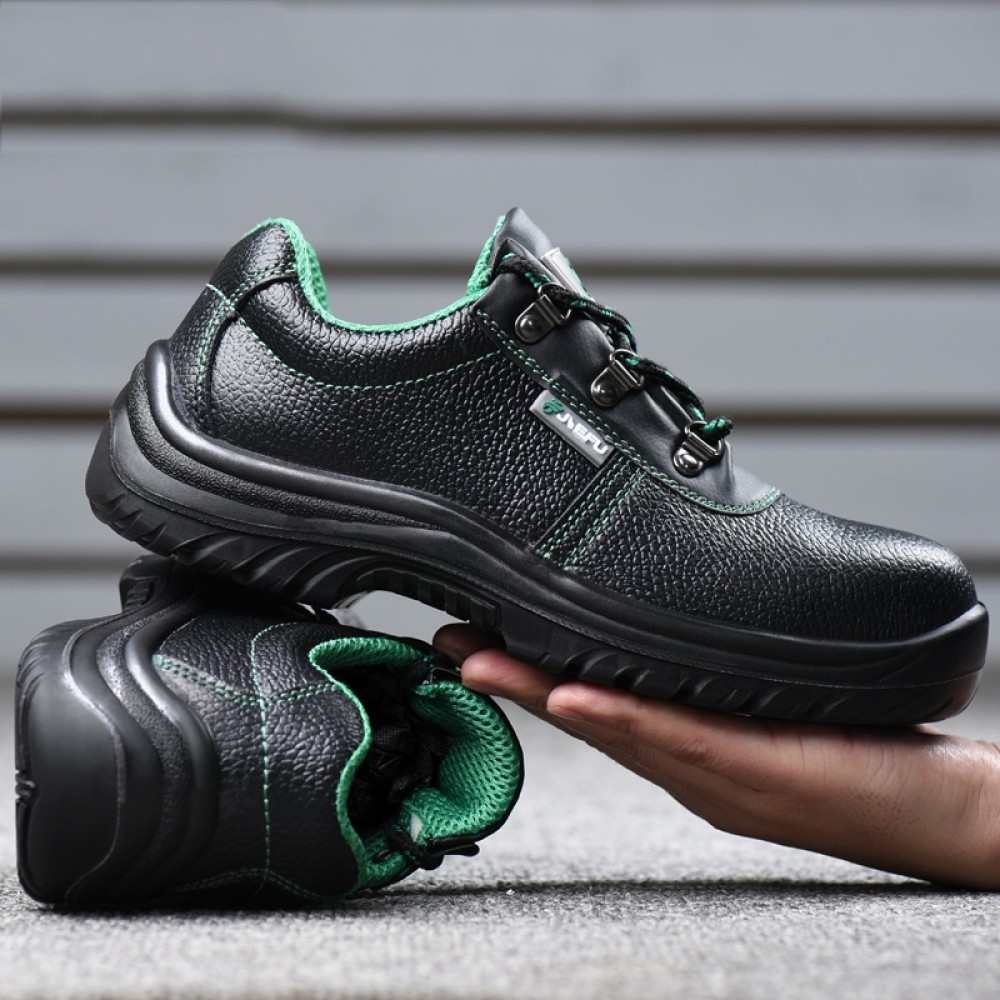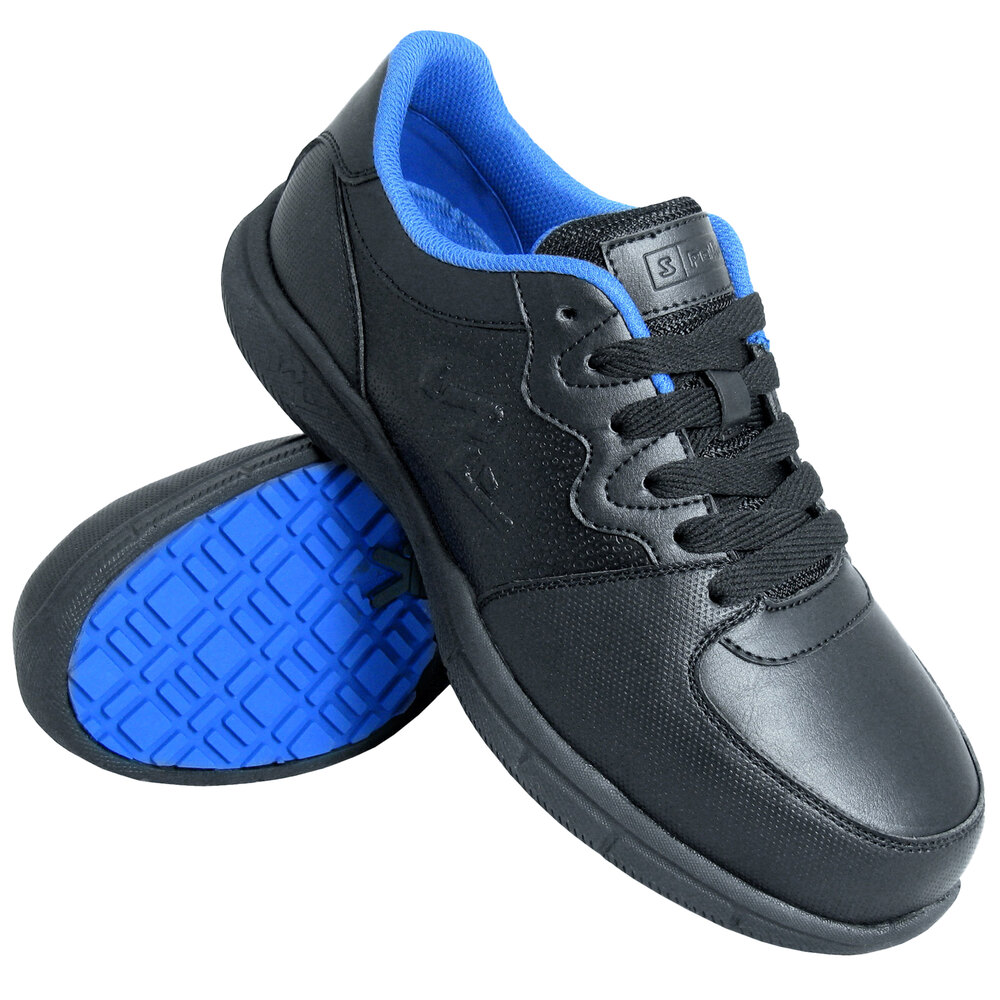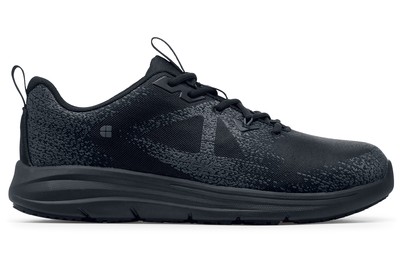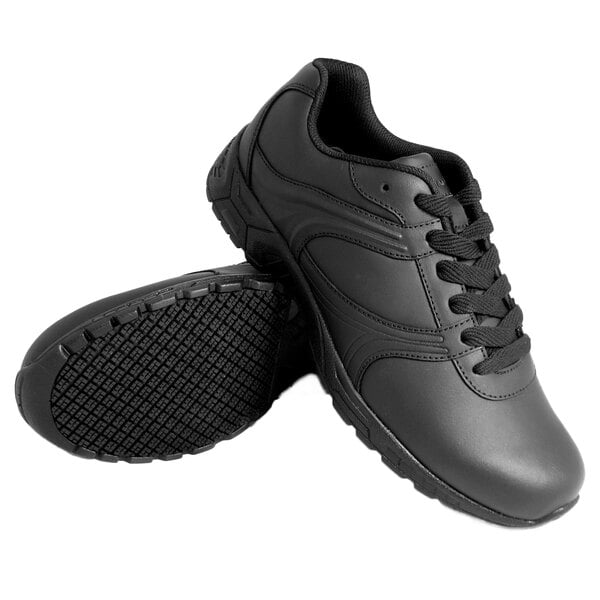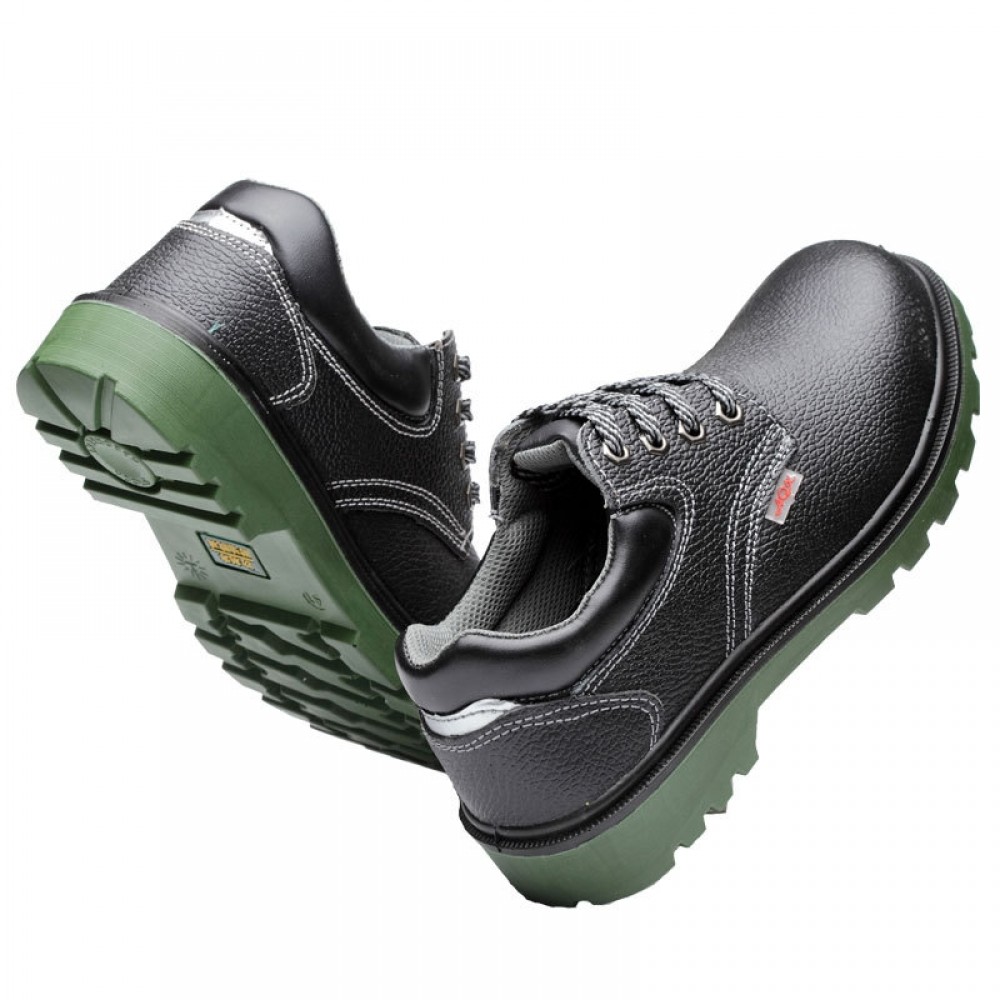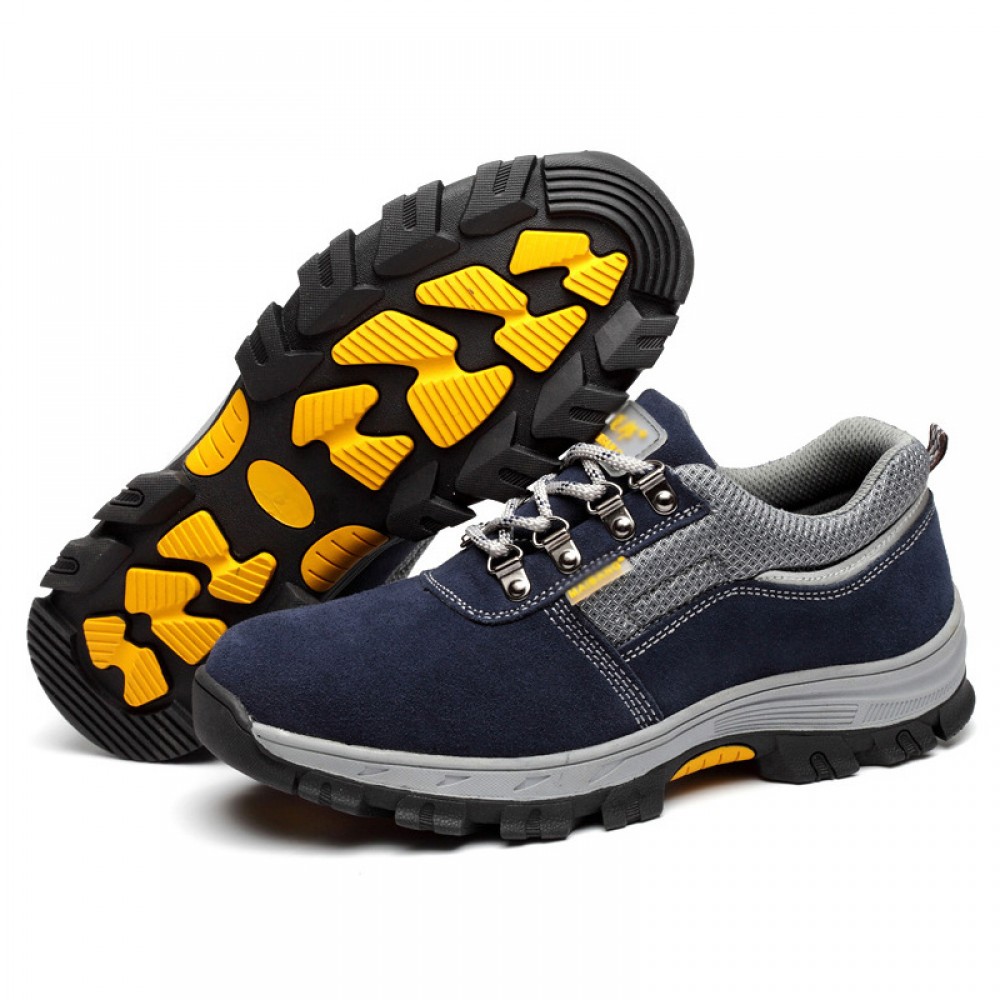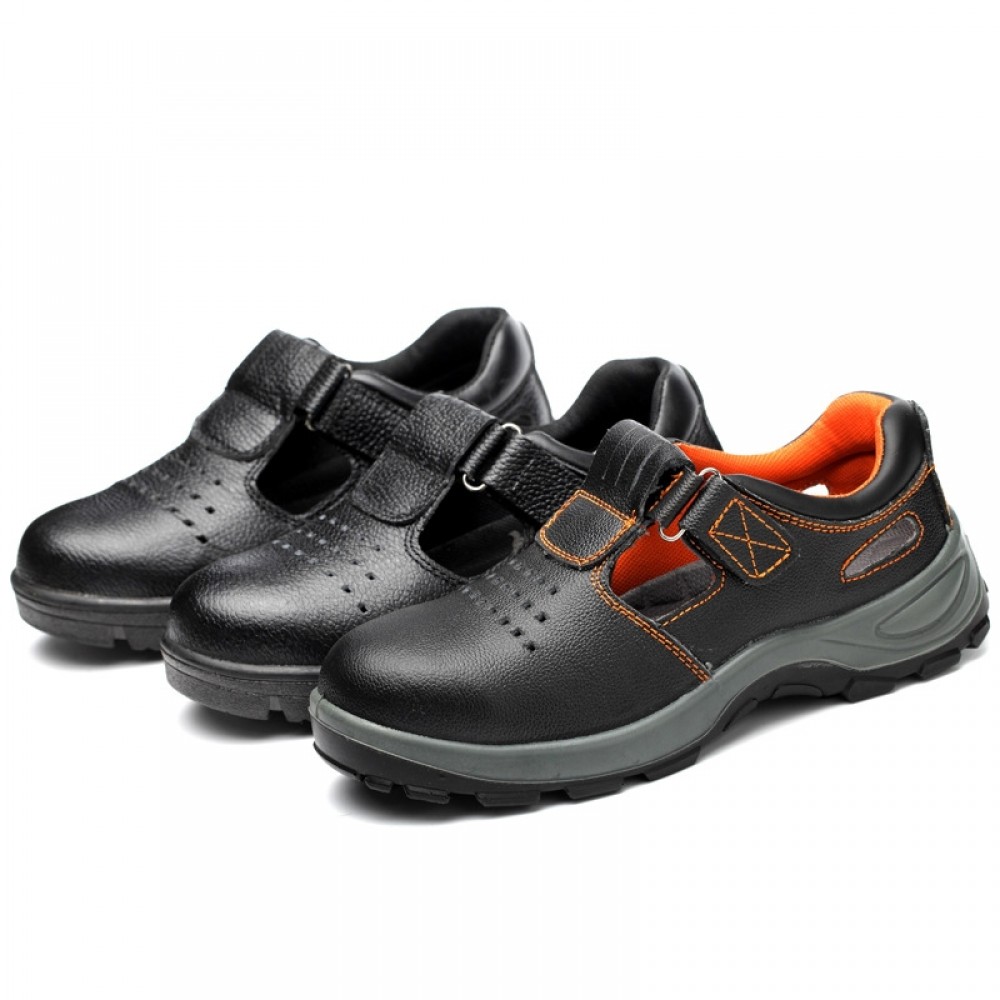Why Non-Skid Shoes Are a Must-Have for Certain Professions
In industries where slippery floors are a common hazard, wearing non-skid shoes is not just a recommendation, but a necessity. Healthcare workers, chefs, and manufacturing professionals, among others, face a high risk of slips, trips, and falls on a daily basis. These accidents can result in serious injuries, lost productivity, and even fatalities. Non-skid shoes for work can significantly reduce the likelihood of these incidents, providing a safer working environment for employees. In fact, the Occupational Safety and Health Administration (OSHA) recommends wearing slip-resistant footwear in workplaces where there is a risk of slipping or falling.
Slips, trips, and falls are a leading cause of workplace accidents, accounting for over 20% of all nonfatal injuries. The consequences of these accidents can be severe, with workers potentially suffering from broken bones, head trauma, and even long-term disabilities. Furthermore, these incidents can also have a significant impact on businesses, resulting in increased worker’s compensation claims, lost productivity, and damage to equipment and property. By wearing non-skid shoes for work, employees can significantly reduce the risk of these accidents, creating a safer and more productive work environment.
In addition to the safety benefits, non-skid shoes for work can also improve employee morale and job satisfaction. When workers feel safe and confident in their footwear, they are more likely to be focused and productive, leading to improved overall performance. Moreover, non-skid shoes can also reduce the risk of long-term health problems, such as back and joint pain, which can result from repeated slips and falls.
How to Choose the Right Non-Skid Shoes for Your Job
Selecting the right non-skid shoes for your job can be a daunting task, especially with the numerous options available in the market. However, by considering a few key factors, you can make an informed decision that ensures your safety and comfort at work. When choosing non-skid shoes for work, it’s essential to consider the specific demands of your occupation, including the type of flooring, the level of slip resistance required, and your personal comfort preferences.
Slip resistance is, of course, a critical factor in non-skid shoes for work. Look for shoes with a high slip resistance rating, such as those with a coefficient of friction (COF) of 0.5 or higher. Additionally, consider the type of outsole material, with rubber compounds being a popular choice for their excellent grip on slippery surfaces. Popular brands such as Dr. Martens and New Balance offer a range of non-skid shoes for work, with varying levels of slip resistance and comfort features.
Comfort is another crucial aspect to consider when selecting non-skid shoes for work. Look for shoes with breathable uppers, such as mesh panels, to keep your feet cool and dry throughout the day. Cushioned insoles and padded collars can also provide added comfort and support. Furthermore, consider the style of the shoe, with options ranging from sleek and modern to rugged and industrial.
Durability is also an essential factor to consider, especially if you work in a demanding environment. Look for shoes with high-quality materials and construction, such as sturdy uppers and rugged outsoles. A durable pair of non-skid shoes for work can provide long-term protection and comfort, making them a worthwhile investment for your workplace safety.
Ultimately, the right non-skid shoes for your job will depend on your specific needs and preferences. By considering the factors mentioned above, you can make an informed decision that ensures your safety and comfort at work. Remember, non-skid shoes for work are an essential component of your workplace safety strategy, and investing in the right pair can have long-term benefits for your health, productivity, and job satisfaction.
The Science Behind Non-Skid Technology
Non-skid shoes for work rely on advanced technology to provide traction on slippery surfaces. The science behind non-skid technology is rooted in the combination of three key components: rubber compounds, tread patterns, and outsole designs. By understanding how these technologies work together, you can make an informed decision when selecting the right non-skid shoes for your job.
Rubber compounds are a critical component of non-skid technology. These compounds are specifically designed to provide excellent grip on slippery surfaces, such as oil, water, or grease. The type of rubber compound used can vary depending on the specific requirements of the job, with some compounds providing better traction on certain surfaces than others.
Tread patterns are another essential aspect of non-skid technology. The tread pattern on the outsole of the shoe is designed to channel liquids away from the foot, providing a clear path for the rubber compound to grip the surface. The depth and spacing of the tread pattern can vary depending on the specific requirements of the job, with deeper treads providing better traction on rough surfaces.
Outsole designs are the final component of non-skid technology. The outsole is the bottom layer of the shoe, and its design plays a critical role in providing traction on slippery surfaces. Outsole designs can vary depending on the specific requirements of the job, with some designs providing better traction on certain surfaces than others.
When combined, these three technologies provide excellent traction on slippery surfaces, reducing the risk of slips, trips, and falls. By understanding the science behind non-skid technology, you can make an informed decision when selecting the right non-skid shoes for your job. Remember, non-skid shoes for work are an essential component of your workplace safety strategy, and investing in the right pair can have long-term benefits for your health, productivity, and job satisfaction.
Top Features to Look for in Non-Skid Work Shoes
When it comes to selecting the right non-skid shoes for work, there are several key features to look for to ensure a safe and comfortable work environment. By understanding the benefits of each feature, you can make an informed decision when purchasing non-skid work shoes.
Slip-Resistant Outsoles: The outsole of the shoe is the most critical component of non-skid technology. Look for shoes with outsoles made from high-quality rubber compounds that provide excellent grip on slippery surfaces. A good non-skid shoe for work should have a coefficient of friction (COF) of 0.5 or higher.
Breathable Uppers: A breathable upper is essential for keeping your feet cool and dry throughout the day. Look for shoes with mesh panels or perforations that allow for airflow and moisture wicking. This feature is particularly important for workers who are on their feet for extended periods.
Comfortable Insoles: A comfortable insole is crucial for reducing fatigue and discomfort during long shifts. Look for shoes with cushioned insoles and arch support to provide added comfort and support. This feature is particularly important for workers who are required to stand for long periods.
Durable Construction: A durable non-skid shoe for work is essential for withstanding the demands of a busy work environment. Look for shoes with high-quality materials and construction, such as sturdy uppers and rugged outsoles. A durable pair of non-skid shoes for work can provide long-term protection and comfort.
Style and Versatility: While safety is the top priority, style and versatility are also important considerations when selecting non-skid shoes for work. Look for shoes that are comfortable, stylish, and versatile enough to be worn in a variety of work environments.
By considering these key features, you can find the right non-skid shoes for work that meet your specific needs and preferences. Remember, non-skid shoes for work are an essential component of your workplace safety strategy, and investing in the right pair can have long-term benefits for your health, productivity, and job satisfaction.
Real-Life Examples of Non-Skid Shoes in Action
Non-skid shoes for work are not just a theoretical solution to workplace safety – they have been proven to make a real difference in the lives of workers across various industries. Here are some real-life examples of workers who have benefited from wearing non-skid shoes:
Case Study: Healthcare Worker
A nurse at a busy hospital was struggling with slippery floors in the operating room. After switching to non-skid shoes for work, she reported a significant reduction in slips and falls, allowing her to focus on providing quality patient care. “I was amazed at how much more confident I felt on my feet,” she said. “Non-skid shoes for work have been a game-changer for me.”
Testimonial: Chef
A chef at a high-end restaurant was tired of slipping and falling on the kitchen floor. After investing in non-skid shoes for work, he reported a significant reduction in accidents, allowing him to focus on creating delicious dishes for his customers. “Non-skid shoes for work have given me the confidence to move quickly and safely in the kitchen,” he said.
Industry Expert: Manufacturing
A safety expert in the manufacturing industry emphasized the importance of non-skid shoes for work in preventing slips, trips, and falls. “Non-skid shoes for work are a critical component of our workplace safety strategy,” he said. “By investing in high-quality non-skid shoes, we have seen a significant reduction in workplace accidents and injuries.”
These real-life examples demonstrate the tangible benefits of wearing non-skid shoes for work. By investing in the right pair of non-skid shoes, workers can reduce their risk of slips, trips, and falls, and focus on doing their jobs safely and effectively.
Non-Skid Shoes for Specific Industries: What You Need to Know
While non-skid shoes for work are essential for various industries, different occupations have unique requirements and challenges. Here’s a breakdown of industry-specific guidance on non-skid shoes:
Healthcare Workers:
Healthcare workers face slippery floors, spills, and other hazards on a daily basis. Non-skid shoes for work in healthcare should prioritize slip resistance, comfort, and durability. Look for shoes with antimicrobial properties and easy cleaning features to prevent the spread of infections.
Chefs and Food Service Workers:
Chefs and food service workers often work in fast-paced, high-pressure environments with slippery floors and hot surfaces. Non-skid shoes for work in food service should provide excellent grip, heat resistance, and comfort. Consider shoes with breathable uppers and moisture-wicking insoles to keep feet cool and dry.
Factory Workers:
Factory workers often face hazardous conditions, including oily floors, heavy machinery, and uneven surfaces. Non-skid shoes for work in manufacturing should prioritize durability, slip resistance, and protection from heavy objects. Look for shoes with steel toes, puncture-resistant midsoles, and rugged outsoles.
By understanding the unique challenges and requirements of each industry, workers can choose the right non-skid shoes for their job, reducing the risk of slips, trips, and falls, and improving overall workplace safety.
Debunking Common Myths About Non-Skid Shoes
Despite the importance of non-skid shoes for work, several myths and misconceptions surround their use. It’s time to set the record straight and provide evidence to support the benefits of non-skid shoes.
Myth: Non-skid shoes are only necessary for extreme environments.
Reality: While it’s true that non-skid shoes are essential for industries with hazardous conditions, they are also beneficial for workers in everyday environments. Slippery floors can occur anywhere, and non-skid shoes can provide an added layer of protection.
Myth: Non-skid shoes are uncomfortable and bulky.
Reality: Modern non-skid shoes for work are designed to be comfortable and stylish. Many brands offer sleek and lightweight designs that provide excellent support and cushioning. With advancements in technology, non-skid shoes can be both functional and fashionable.
Myth: Non-skid shoes are too expensive.
Reality: While high-quality non-skid shoes may require an initial investment, they can provide long-term cost savings. By reducing the risk of slips, trips, and falls, businesses can avoid costly worker’s compensation claims and lost productivity. Non-skid shoes are a valuable investment in workplace safety.
By debunking these common myths, it’s clear that non-skid shoes for work are a vital component of any workplace safety strategy. They provide a critical layer of protection, comfort, and support for workers in various industries. Don’t let misconceptions hold you back from investing in the right non-skid shoes for your job.
Investing in Non-Skid Shoes: A Long-Term Solution for Workplace Safety
When it comes to workplace safety, investing in non-skid shoes for work is a crucial decision that can have a lasting impact on a company’s bottom line and employee well-being. By prioritizing non-skid shoes as a vital component of their workplace safety strategy, businesses can reap a range of benefits that extend far beyond the initial investment.
One of the most significant advantages of non-skid shoes is the reduction in worker’s compensation claims. Slips, trips, and falls are a leading cause of workplace accidents, and non-skid shoes can help prevent these incidents from occurring. By reducing the risk of accidents, businesses can avoid costly claims and minimize the financial burden of workplace injuries.
In addition to cost savings, non-skid shoes can also improve productivity and enhance workplace morale. When employees feel safe and confident in their work environment, they are more likely to be engaged and motivated. Non-skid shoes can help create a positive and supportive work culture, which can have a lasting impact on employee satisfaction and retention.
Furthermore, investing in non-skid shoes demonstrates a commitment to employee safety and well-being. By prioritizing the health and safety of their workers, businesses can build trust and foster a positive reputation. This can lead to increased employee loyalty, improved recruitment, and enhanced brand reputation.
In conclusion, investing in non-skid shoes for work is a long-term solution for workplace safety that can have a lasting impact on a company’s success. By prioritizing non-skid shoes, businesses can reduce worker’s compensation claims, improve productivity, and enhance workplace morale. Make the smart investment in non-skid shoes today and reap the benefits for years to come.


